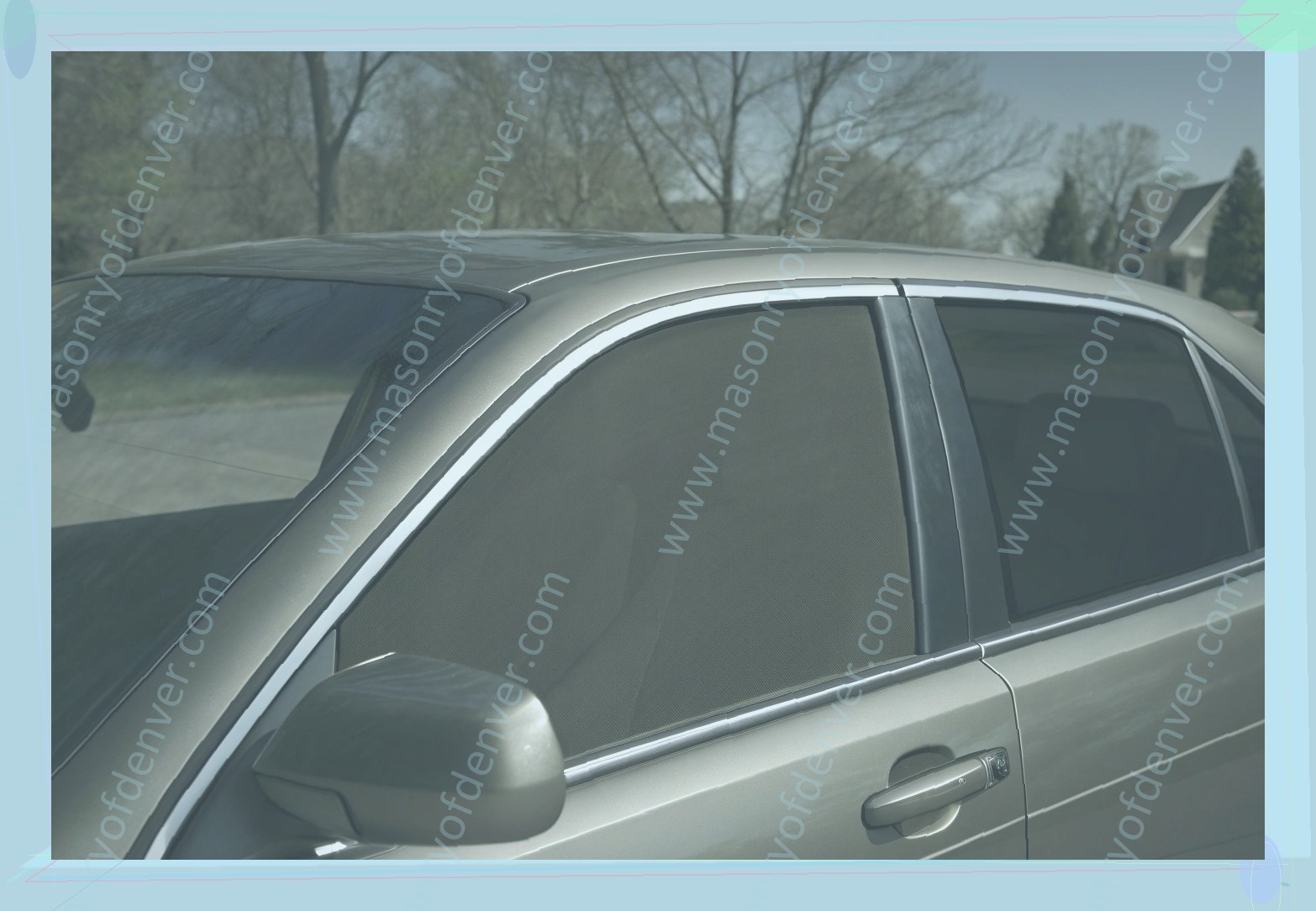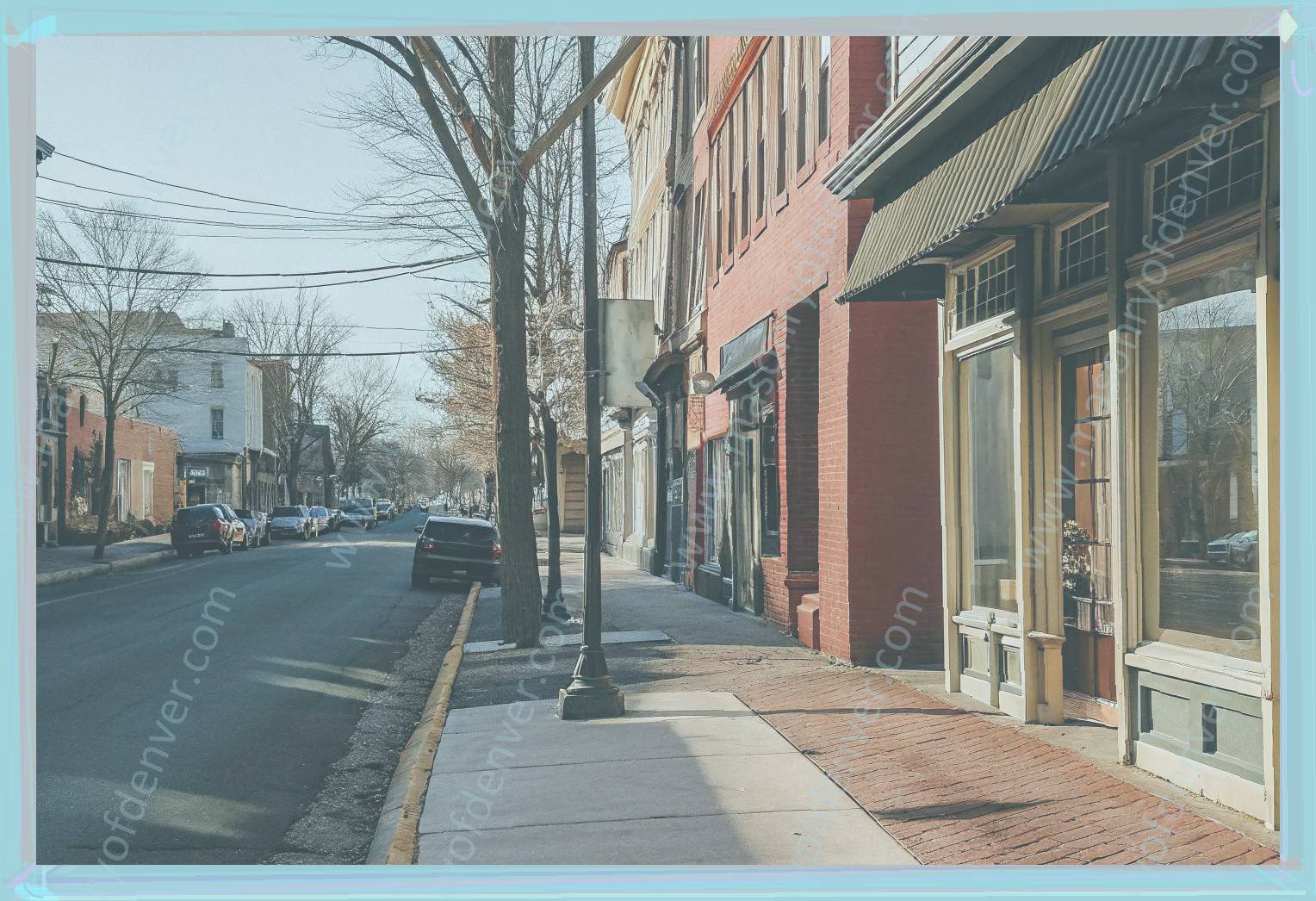Maryland tint laws in a nutshell
Although Maryland’s dark legal tint isn’t darker than most other states’, it still is far too dark for many Maryland law enforcement officers to always easily see through. However, since such heavy tint is legal here in the Land of Pleasant Living, it’s perfectly legal for you to get it — so long as you know what you’re doing.
Window tint laws in Maryland, as in most states in America, are generally based on a simple formula that goes something like this:
The laws themselves are a little bit more detailed. In Maryland, the allowable window tint levels are as follows:
So:
The windshield may only have a "non-reflective tint" above the manufacturer’s AS-1 line or the lines above the manufacturer’s AS-1 line. The "AS-1 line" is a term of art that refers to manufacturer’s tinting—the dark shaded glass found at the top of most windshields that provides a little bit of shade to the driver. So the non-reflective tint on your windshield can be no "darker" than the shade of greenhouse tint on the top few inches of your windshield, unless your vehicle has no AS-1 line from the factory—then it’s the top 5 inches.
As for the windshield and rear windows, a "non-reflective tint" means "no reflection." But reflectivity is only an issue for the windshield and rear windows. It may not exceed 35 percent of light reflectivity (a.k.a., is no mirror). No reflectivity laws may seem like they are rare, but in recent years, they’re starting to crop up more and more—as the state legislature sees more vehicles (read: hears more complaints) with reflective windows .
There’s also a "manufacturer’s certificate" required in the tint laws. The manufacturer’s certificate must be manufactured by or placed upon the tint film, and identifies the window film as meeting "the Maryland vehicle law requirements for vehicle window film." This certificate or label must be kept in the vehicle at all times and presented to a police officer or authorized inspector "on demand." The police officer or authorized inspector will usually only ask you to produce this paperwork if he or she believes the tint looks darker than the law allows.
But be careful about which paperwork you keep in the vehicle. Getting you to admit the tint is darker than Maryland law allows so the officer can write you a ticket for it isn’t exactly part of the job description for normally-sober, normally-intelligent police officers. But sensing the sticker or label matches the sticker or label in the police manual is in the job description.
The Maryland State Police Manual specifically provides:
From this provision, we can conclude the Maryland State Police refuses to accept even the same sticker from two different tint film manufacturers as evidence the film meets the Maryland tint law. Other states have similar requirements, and if you have tint stickers or labels for various states, or have over-purchased them from your tint retailer because you were told you might need them someday, you should be cautious about which stickers you put on which windows.
Why darkness matters
From a visual standpoint, drivers on the road—including both law-abiding citizens and law enforcement officers—need to be able to clearly see another motorist’s appearance and actions. A primary reason for window tinting restrictions is the need for driver identification and assessment. Drivers must be able to see who is behind the wheel of the car in front of them, and officers must be able to clearly identify a driver, their face, any eye contact, and any hand movements toward their waist or other areas in order to assess the ability of the driver to safely operate a motor vehicle. Another reason for the tint restrictions is to assist law enforcement as they investigate a crime or detain a suspect. When approaching a vehicle, officers need to determine whether the occupants of the vehicle have weapons or other contraband, which is usually accomplished by looking through an opening in the glass or tinted windows. Darker window tint prevents this opportunity to assess the potential danger to the officer.
Maryland legal tint percentages
Maryland Vehicle Statutes Sec. 12-306. (a)(2)(ii) provides that sedans must have the front tinted windows at a maximum of 35% Visible Light Transmission and SUVs and trucks may have the front tinted windows at a maximum of 35% Visible Light Transmission. Maryland’s tinted window laws state that on windshield, 4 inches from the top is the limit. However, there are no restrictions on the windshield as long as it is clear at that top 4 inches.
These legal limits mean that Maryland’s darkest legal window tint is 35% VLT which is for sedans only – SUVs and trucks have the same regulations as sedans.
Exemptions and medical exceptions
There are some exemptions to the darker tint restrictions, but they are few and limited. One of the more common exemptions comes with a written certification that a person driving a vehicle requires veiled windows for medical reasons. The certified exemption is valid for the life of the certificate holder, or the sale to another qualified driver.
There are also specific exceptions for windows on the front in the following situations:
The official process for applying for these exemptions is somewhat lengthy, involving multiple forms and reports completed by the physician that must then be certified by the Maryland Medical Assistance Program Board. In order for the certification to be issued, a report must first be made that describes the conditions of the patient, that specifies why the exception is necessary, and that indicates the controls needed to alleviate the light requirement and any alternative treatments. This report must be submitted to the Medical Assistance Program Board before a physician can move forward with the completion of the required Medical Request Form.
While not all vehicles will qualify for the exemption, many will. For those vehicles that do, the process can be lengthy, taking over 30 days from initial application to approval. So while the distinction of legal versus illegal window tint in Maryland may seem like a matter of a few decibels, when you find yourself on the illegal side, there are clear benefits to pursuing the option of becoming legal.
Penalties for illegal window tint in Maryland
The Maryland Department of Transportation (MDOT) understands the difficulties in measuring window tint darkness. For those of you pulled over for an illegal tint, your chances of receiving a ticket are slim. However, you can expect to be ordered to remove the tint if the officer cannot see through it. If an officer asks you to roll down your window so they can check how dark your privacy tint is , you must roll all windows down completely in accordance with the law.
If you received a citation for violating the window tint restrictions in Maryland you will face fines up to $50 for the first offense. After the first offense, you do not face any more fines but you will have to pay for the inspection of your window tint. You will also be required to have an inspection and the authorities have up to 30 days to verify that the tint is removed. If you were ticketed multiple times for having illegal tint or possibly tinted windows, the MVA could suspend or revoke your vehicle’s registration and tag.
Choosing the best tint darkness for your car and truck
When it comes to selecting the ideal tint darkness for your windows within the legal limits of Maryland, there are several factors to take into consideration. First and foremost is the desired level of privacy and security. Keeping prying eyes away from your vehicle and its contents is a key motivator for many people who choose to have window film installed. In addition, limiting the potential for break-ins, which can be partly attributable to the visibility of valuables inside the vehicle, can be an important consideration to help keep you safer.
Another concern is heat. If you will be spending a considerable amount of time in your vehicle, you may want to consider having your windows tinted to reduce the amount of heat build-up on hot days in the summer. This will allow you to stay cooler and more comfortable while you drive and will better protect the interior surfaces of your car, truck or SUV. The amount of heat reduction and interior protection you will receive is dependent on the optical properties of the window tint film that you choose and while darker window films do generally perform better than lighter ones in this regard, it’s not a hard-and-fast rule. The best option is to consult directly with a professional window film technician to determine the best possible product for your needs and expectations.
For those who own a business and use a vehicle as part of their work, such as door dash, Uber, Lyft and other similar services, you’ll likely want to select a tint darkness level that complements the overall aesthetic of your vehicle. You don’t want to have a blacked-out window tint film on a pink Cadillac, for example. There are virtually endless combinations of colors, tint darkness levels and visible light transmission that can achieve the look you desire and still pass legal muster in the state of Maryland.
Finding the right tone is just as important. While many vehicle owners opt to have the entire car, truck or SUV tinted, others may want to have the front windows tinted, leaving the rear windows as is, or the opposite. Either way, it’s essential to consult with a professional before making any decisions.
Ensuring compliance
One of the simplest ways to ensure a legal, Maryland-compliant window tint is to have your tint applied by a professional. Automotive window film dealerships are often partnered with manufacturers to be certified dealers. One sign of a certified dealer is a member of the International Window Film Association (IWFA), a prominent trade association of film industry professionals. In this membership, dealership are provided with training and education to ensure they offer their clients the best products. Many IWFA dealership also have in-house service technicians or third-party installers they regularly work with to do installation. Due to IWFA certification, professionals will have access to the best technology and highest quality window film.
Potential consumers should understand window film is a modern, advanced product. Tinting technologies are highly controlled by manufacturers, with dimensional tolerance levels that help professionals apply it evenly on every single windowpane of every vehicle . If a customer gets a windshield tint with a 5% VLT, the percentage cannot vary from corner-to-corner on the windshield, nor can the percentage be different from the color-coded sticker, states It all has to be uniform and consistent. If you buy it, make sure it’s also installed correctly.
Window tint is not something you do yourself. Automotive window tinting requires special equipment and a professional, experienced installer who can apply for the entire window, not just the glass area. In addition, a professional installer adheres to the tint manufacturers’ warranties, which require the installation of their product by a certified professional. You should never try to do the job yourself, because a professional installation is as important as the tint itself. Its really important how it’s applied, says Devine. Open air and buffers are what make the difference. There’s always room for error for an inexperienced installer. If the tint is uneven, you get all sorts of wrinkles. If you don’t have a buffer, the film can burn with the [heat gun] and get patched. It can be applied dry but it won’t necessarily have the same opacity as if it was installed wet.




